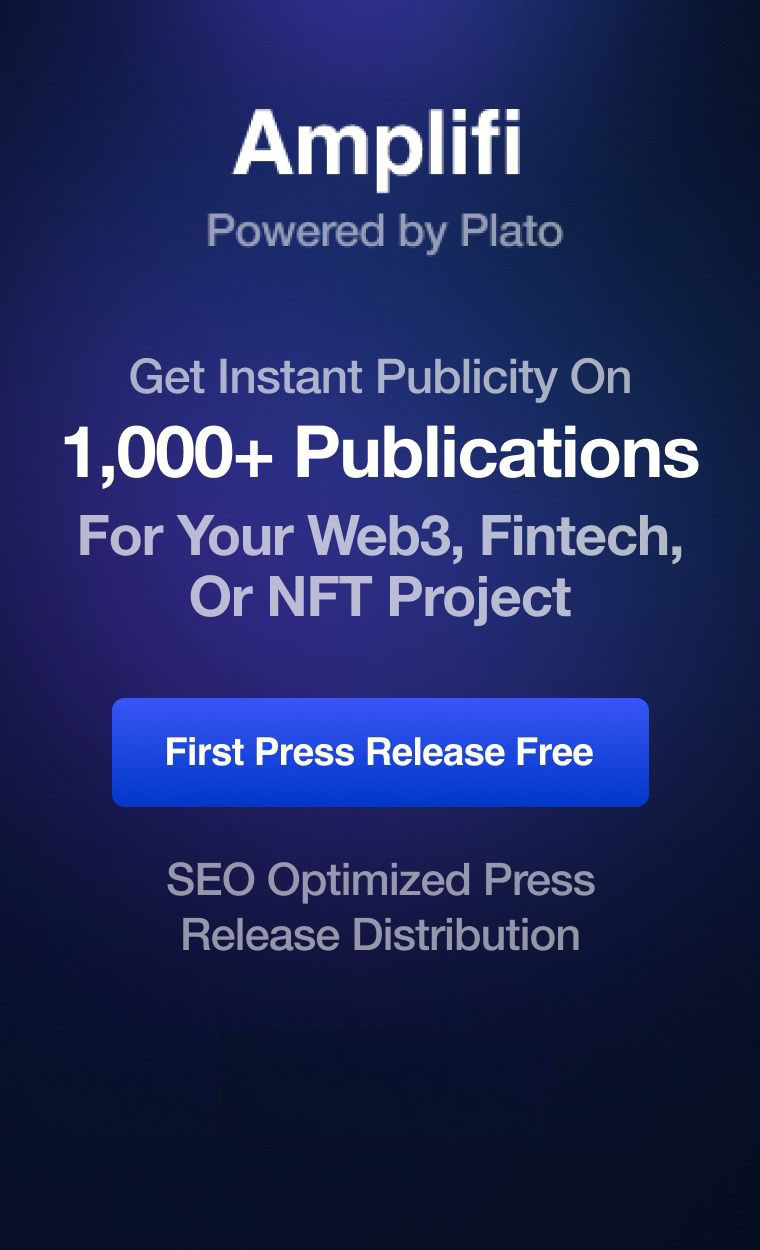- Ethereum has seen some mixed price action throughout the past 24-hours
- Despite diving as low as $375 at one point yesterday, the cryptocurrency was able to post a massive rebound that allowed it to climb back up towards $400
- It has been consolidating ever since, being unable to firmly surmount this level – signaling that there is some resistance here
- One trader is noting that although it has shown some signs of weakness, it still looks “100x better than Bitcoin” from a technical perspective
- This strength, to be maintained, required that it continues trading above $380 in the near-term
Ethereum has been one of the strongest major altcoins throughout the past several weeks, being able to rally from lows of $370 to highs of $490 in the span of just a few days.
This intense strength, however, faltered yesterday, when its price began reeling lower until it hit lows of $377. This erased virtually all of its recent gains, and has put it back into the same consolidation phase that it was trading in just over a week ago.
It is important to note that while Ethereum is simply trading where it was just a week ago, Bitcoin is now down at lows not seen in over a month.
This has led one analyst to note that he believes ETH will far outperform BTC in the near-term.
Ethereum Stabilizes Following Sharp Selloff
The selling pressure seen yesterday was quite intense and forced Ethereum to dive from highs of $450 to lows of $377.
After tapping these lows, it was able to post a sharp rebound, although it has yet to climb back into the lower-$400 region.
At the time of writing, ETH is trading up 4% at its current price of $398. If it is able to surmount $400, it may be poised to see further upside.
Analyst: ETH Better Poised to Rally Than Bitcoin
While speaking about its technical outlook, one analyst noted that Ethereum looks to be in a far better technical position than Bitcoin.
“ETH HTF Update: Honestly looking 100x better than Bitcoin currently… This major support at $380 is critical to maintaining if we do not want to see a further pullback of 15%… HTF momentum still bullish if we bottom out here.”

Image Courtesy of Cactus. Chart via TradingView.
How the market trends in the coming few days should offer significant insights into where Ethereum and other major altcoins will trend in the coming months.
Featured image from Unsplash. Charts from TradingView.



